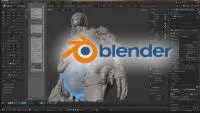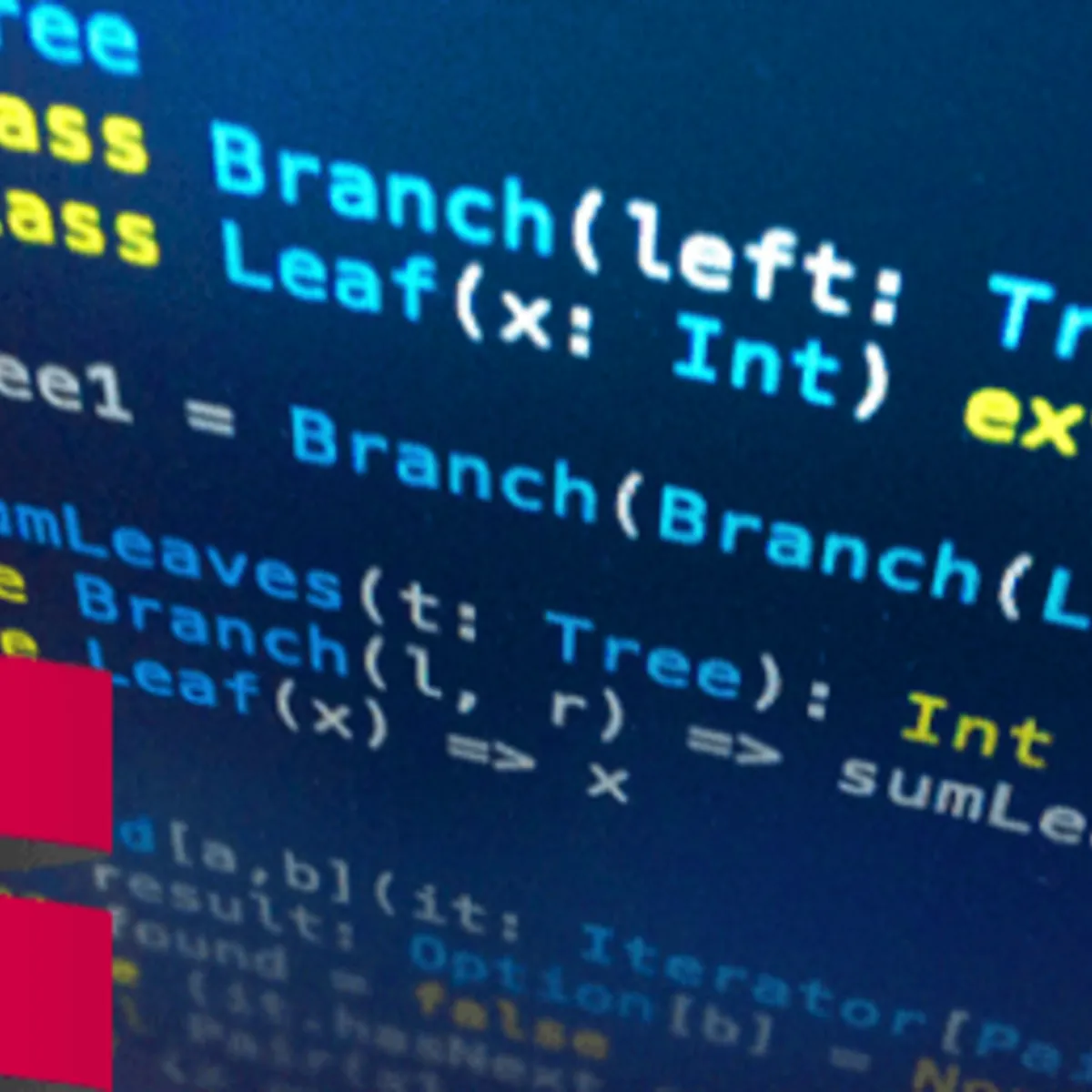
Introduction to Linear Modeling in Python 
Linear modeling is a powerful tool for predicting outcomes in Python. It focuses on the parameters slope and intercept, which define the model, and how to interpret them in a variety of applications. We explore common prediction flaws and limitations, and evaluate and compare models by quantifying and contrasting measures of goodness-of-fit, such as RMSE and R-squared. Additionally, we introduce inferential statistics concepts and apply them to investigate how maximum likelihood estimation and bootstrap resampling can be used to estimate linear model parameters. ▼
ADVERTISEMENT
Course Feature
![]() Cost:
Cost:
Free Trial
![]() Provider:
Provider:
Datacamp
![]() Certificate:
Certificate:
No Information
![]() Language:
Language:
English
Course Overview
❗The content presented here is sourced directly from Datacamp platform. For comprehensive course details, including enrollment information, simply click on the 'Go to class' link on our website.
Updated in [June 30th, 2023]
This course introduces participants to linear modeling in Python. Participants will learn about the parameters slope and intercept, how they define the model, and how to interpret them in a variety of applications. The course will also investigate some of the most common prediction flaws and limitations, and evaluate and compare models by quantifying and contrasting several measures of goodness-of-fit, such as RMSE and R-squared. Additionally, participants will be introduced to inferential statistics concepts and apply them to investigate how maximum likelihood estimation and bootstrap resampling can be used to estimate linear model parameters.
[Applications]
The application of this course can be seen in a variety of fields. Students can use the knowledge gained to understand the parameters of linear models and how to interpret them in different contexts. They can also use the concepts of inferential statistics to estimate linear model parameters. Additionally, students can use the techniques of maximum likelihood estimation and bootstrap resampling to evaluate and compare models. Finally, they can use the measures of goodness-of-fit, such as RMSE and R-squared, to assess the accuracy of their models.
[Career Paths]
One job position path that could be recommended to learners of this course is a Data Scientist. Data Scientists are responsible for analyzing large amounts of data to identify trends and patterns, and then using those insights to develop predictive models and algorithms. They must be able to interpret and communicate their findings to stakeholders, and be able to develop and implement data-driven solutions.
The development trend for Data Scientists is to become more specialized in their field. As data becomes more complex and data-driven solutions become more prevalent, Data Scientists must be able to understand and apply more advanced techniques, such as machine learning and deep learning, to their work. Additionally, Data Scientists must be able to work with a variety of data sources, such as structured and unstructured data, and be able to integrate them into their models. Finally, Data Scientists must be able to collaborate with other professionals, such as software engineers and business analysts, to ensure that their solutions are implemented correctly and effectively.
[Education Paths]
The recommended educational path for learners of this course is to pursue a degree in Data Science. Data Science is a field that combines mathematics, statistics, computer science, and domain knowledge to extract insights from data. It involves the use of algorithms, machine learning, and artificial intelligence to analyze large datasets and uncover patterns and trends.
Data Science degrees typically include courses in mathematics, statistics, computer science, and domain knowledge. Students learn to use programming languages such as Python and R to analyze data and create models. They also learn to use data visualization tools to present their findings.
The development trend of Data Science degrees is to focus on the application of data science in various industries. This includes courses in data mining, machine learning, natural language processing, and deep learning. Students learn to use these technologies to solve real-world problems. They also learn to use data to make decisions and develop strategies. As the demand for data scientists increases, more universities are offering specialized degrees in Data Science.
Course Syllabus
Exploring Linear Trends
Building Linear Models
Making Model Predictions
Estimating Model Parameters
Course Provider

Provider Datacamp's Stats at AZClass
Discussion and Reviews
0.0 (Based on 0 reviews)
Explore Similar Online Courses

Blender 3D: Create Animate and Sell Game objects

Linux Fundamentals

RDBMS PostgreSQL

Intro To PostgreSQL Databases With PgAdmin For Beginners

PostgreSQL: Client Applications

Mastering SQL using Postgresql

Database Design and Basic SQL in PostgreSQL

PostgreSQL: Advanced Queries

Spatial SQL with Postgres : A language for geographers

Learn SQL Using PostgreSQL: From Zero to Hero

PostgreSQL Essential Training


Start your review of Introduction to Linear Modeling in Python